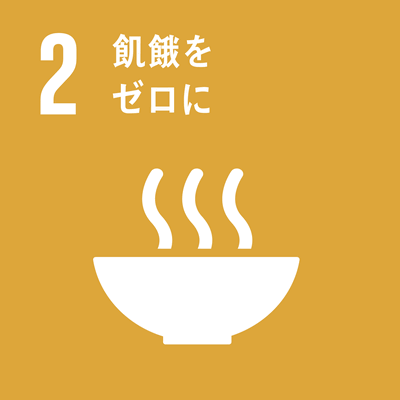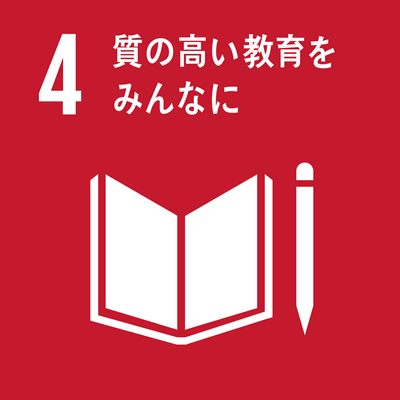シラバス表示
シラバスの詳細な内容を表示します。
→ 閉じる(シラバスの一覧にもどる)
科目の基本情報
| 開講年度 | 2024 年度 | |
|---|---|---|
| 開講区分 | 生物資源学部 | |
| 受講対象学生 |
資源循環学科・全教育コース 学部(学士課程) : 1年次 |
|
| 選択・必修 | 選択 |
|
| 授業科目名 | Presentation Methods | |
| ぷれぜんてーしょん めそっと | ||
| Presentation methods | ||
| 単位数 | 2 単位 | |
| ナンバリングコード | BIOR-Reso-3341-004
|
|
| 開放科目 | 開放科目
他学科の学生の受講可 *他の学年の学生受講可 |
|
| 開講学期 |
後期 |
|
| 開講時間 |
火曜日 9, 10時限 |
|
| 授業形態 |
対面授業 * 状況により変更される可能性があるので定期的に確認して下さい
「オンライン授業」・・・オンライン会議ツール等を利用して実施する同時双方向型の授業 |
|
| 開講場所 | ||
| 担当教員 | タラガラ タランガ(特任教員),ジャガット クララトナ(特任教員) | |
| Thalagala Tharanga , Jagath Kularatne | ||
| SDGsの目標 |
|
|
| 連絡事項 | Lecturers supervise the students individually. Students should be willing to improve their skills in one-way and two-way communication. In addition, students are expected to prepare and familiarize themselves with the various presentation styles and techniques. * 状況により変更される可能性があるので定期的に確認して下さい |
|
学修の目的と方法
| 授業の概要 | Delivering high-impact presentations provides a competitive edge for students. This course is designed to boost the student's confidence in presentations. Students will learn presentation techniques through practical activities and different presentation methods. Students will also learn how to adopt a personal presentation style, effectively engage with the audience, and overcome their problems to deliver high-impact presentations that meet the objectives and produce results. |
|---|---|
| 学修の目的 | To build presentations that create maximum impact. Use a structured presentation methodology with helpful visual aids. To explore the ways to overcome nervousness, improve voice control, and use eye contact and body language during a presentation. To determine and develop a personal presentation style and recognize weak points and areas for improvement. To practice presentations with the acquired skills to deliver effective presentations and confidently handle the audience. |
| 学修の到達目標 | Upon completion of this course, students will be able to: • Organize a presentation that has an impact, present professionally and confidently, and interact well with the audience. • Produce and use visual aids to enhance the presentation. • Learn the best ways to interact with the audience and handles challenging individuals. • Use effective techniques to improve personal presentation style • Successfully deliver an organized presentation with key messages to small or large groups. |
| ディプロマ・ポリシー |
|
| 成績評価方法と基準 | Presentation: [70%] In-class activities: [30%] Students must attend more than 70% of the classes to obtain credits. |
| 授業の方法 | 講義 |
| 授業の特徴 |
プレゼンテーション/ディベートを取り入れた授業 グループ学習の要素を加えた授業 Moodleを活用する授業 教員と学生、学生相互のやり取りが、ほぼ英語で進められる授業 |
| 授業アンケート結果を受けての改善点 | Students are expected to speak freely in English during class, and no need to worry about language mistakes. Teachers speak slowly and clearly, which enables students to understand accurately. Students receive feedback on their presentation style and ideas to enhance them. Lecture contents are subject to change slightly following the ability of students. |
| 教科書 | No textbooks. |
| 参考書 | Soft copies of scientific literature are provided when necessary. |
| オフィスアワー | Students are welcome to consult with teachers either before or after lessons, or alternatively, by scheduling an appointment via email. tharanga@bio.mie-u.ac.jp jagath@bio.mie-u.ac.jp |
| 受講要件 | Nothing in particular |
| 予め履修が望ましい科目 | Nothing in particular |
| 発展科目 | Nothing in particular |
| その他 |
授業計画
| MoodleのコースURL |
|---|
| キーワード | Presentation techniques, reading & listening comprehension, critical thinking, communication |
|---|---|
| Key Word(s) | Presentation techniques, reading & listening comprehension, critical thinking, communication |
| 学修内容 | Both individual and group presentations are conducted as PowerPoint and posters. There are 3~5 members per group. Each member should present for around fifteen minutes, and the audience's students should participate in Q&A sessions. Presenters get feedback from teachers and audiences to improve their presentations further. 第1回: Guidance: course objective, lesson structure, course materials, evaluation method, grading system, etc. 第2回: Effective presentation skills: techniques, tips, and ethics. 第3回: Brief introduction of a scientific topic and guide to review scientific literature and extract information. 第4回: Present a summary of extracted information, and determine the relevant information to the research topics. 第5回: Consideration of oral presentations: Purpose, organization, flow, and style of the topics of interest. 第6回: Guide to adding visual aids, practice speed, stress, and pronunciation. 第7回: Individual or group presentation using PowerPoint and discussion 第8回: Individual or group presentation using PowerPoint and discussion. 第9回: Introduction on how to prepare a poster based on scientific information. 第10回: Preparation of posters by students as groups or individuals. 第11回: Introduction on how to do an oral presentation based on the prepared poster. 第12回: Perform the oral presentation by students as groups or as individual presenters using the prepared poster. 第13回: Introduction on how to do the oral presentation using blackboard. 第14回: Perform aural presentation by students using the blackboard individually based on general information. 第15回: Perform oral presentation by students using blackboard individually based on scientific data. 第16回: No end-semester examination. |
| 事前・事後学修の内容 | Conduct both pre- and post-study activities for each session. <Pre-study: 120 minutes> Prepare to deliver presentations and engage in basic English discussions. Thoroughly read and comprehend the assigned materials beforehand. <Post-study: 120 minutes> Actively participate in class discussions. Take initiative in addressing unfamiliar words or expressions encountered during class, and commit them to memory through review. Dedicate time for independent practice to enhance comprehension of English conversation. |
| 事前学修の時間:120分/回 事後学修の時間:120分/回 |

